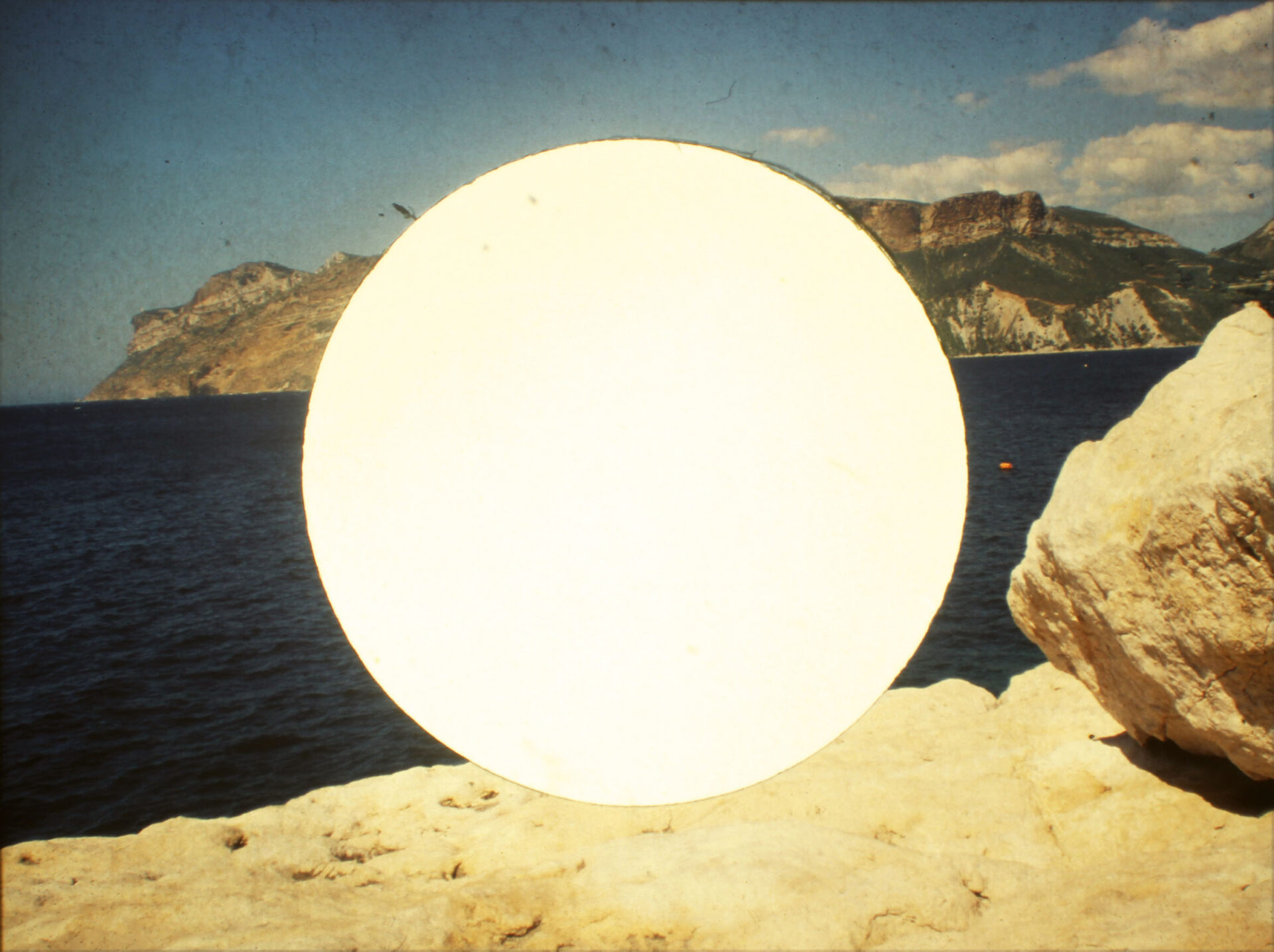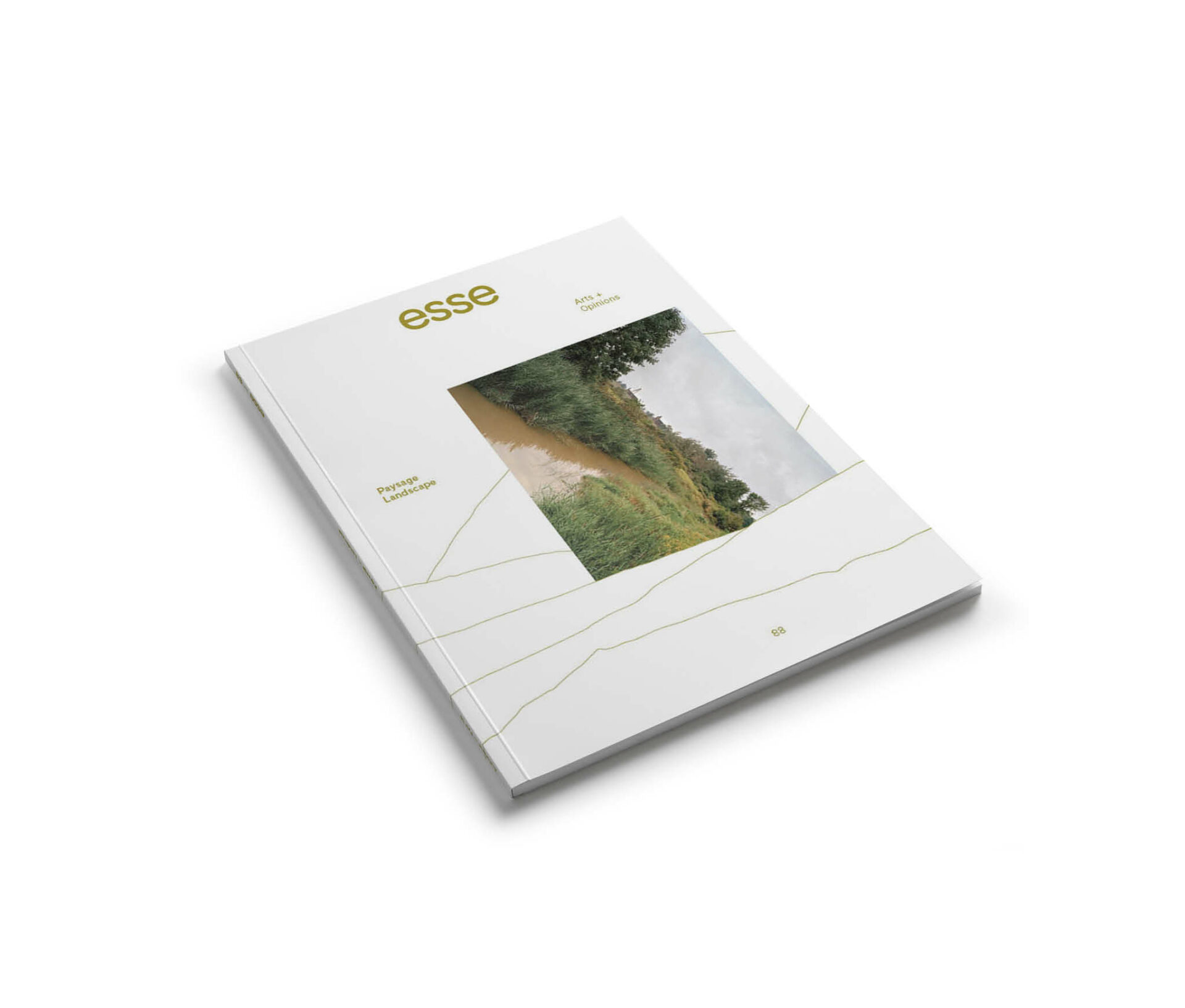
Photo : courtesy of Galerie Escougnou-Cetraro
I see nothing but the sun, which makes a dust…Landscape in the Worksof Ludovic Sauvage
Beyond the question of the visual, however, is the notion of shaping the landscape, which also implies some form of human intervention. In his Court traité du paysage, Alain Roger describes this combination of natural and artificial using a term borrowed from Montaigne: the artialisation of nature, which the theorist understands as both a real in situ intervention (for example, the shaping of trees into geometric shapes in French formal gardens) and an in visu representation (notably, by adopting specific viewpoints and compositions).2 2 - Alain Roger, Court traité du paysage (Paris: Gallimard, 1997), 16. And with the evolution of the image from the mechanical to the digital, representing landscape has become as much — if not more — about technique as about nature. In many respects, Ludovic Sauvage explores these wide-ranging considerations by deconstructing and reassembling landscape features in experimental ways. By creating devices comprising analogue elements such as slides and projections, or digital animation (including 3D), his works give insight into the historicity of the formation of contemporary landscapes, linking them with the evolution and circulation of images. Above all, he plays with photographic negatives to invent new aesthetic arrangements, by shifting motifs from one medium to another, for example, or by extrapolating a component at the juncture of landscape and image: namely, light. In this way, landscape is placed at the crossroads of questions about contemporary collective representations, while being revisited using an approach that springs equally from painting, cinema, and the digital arts.


